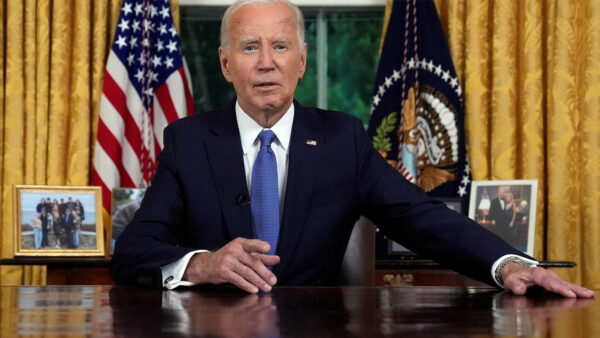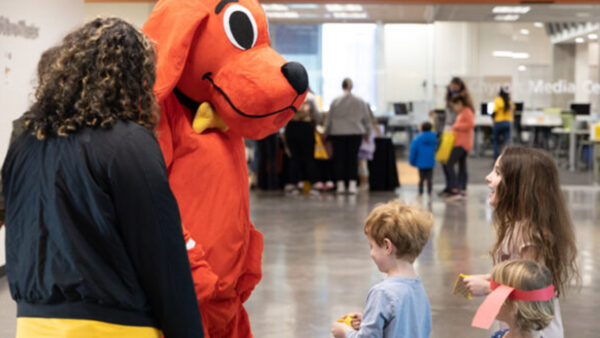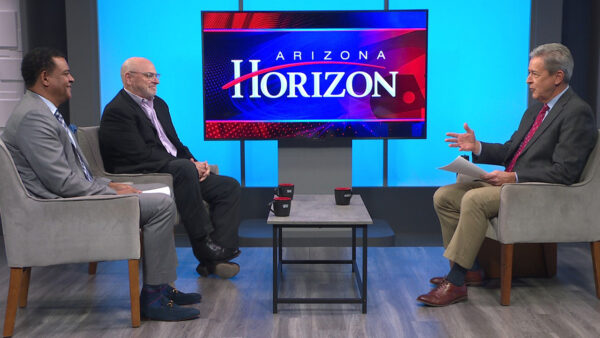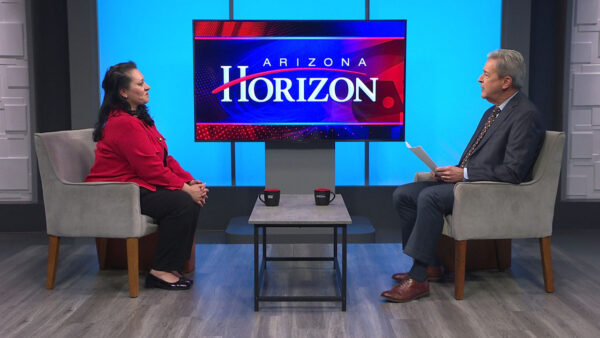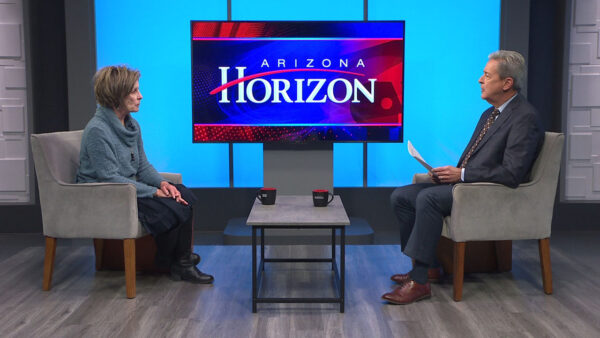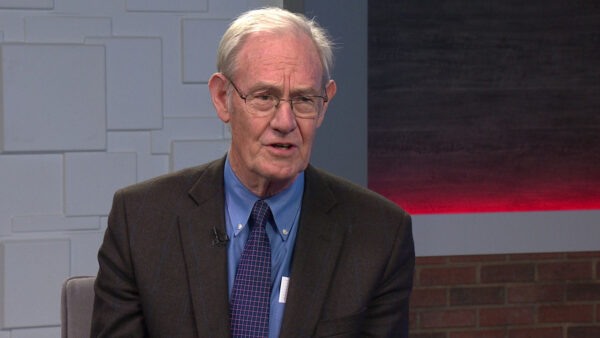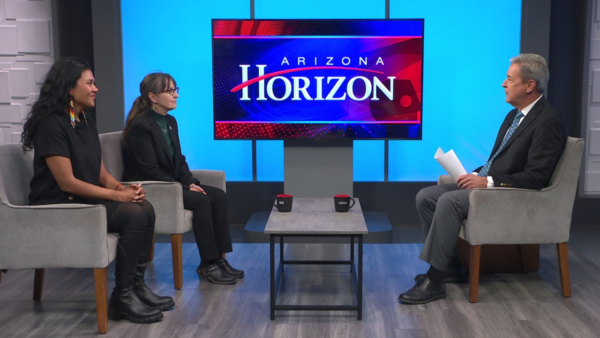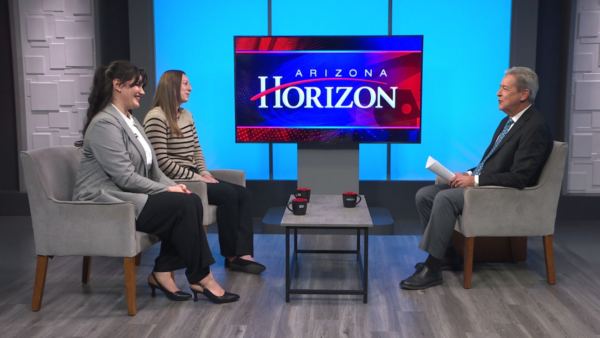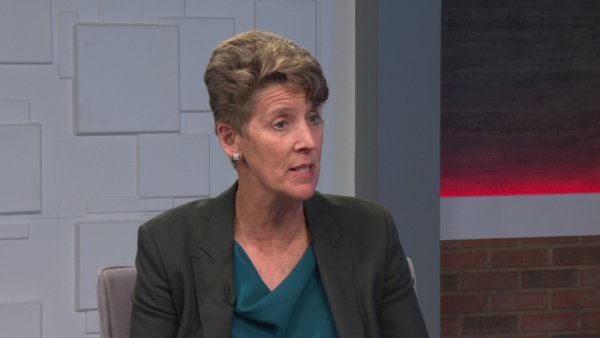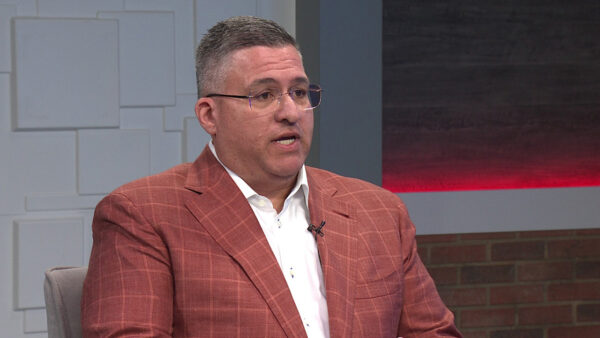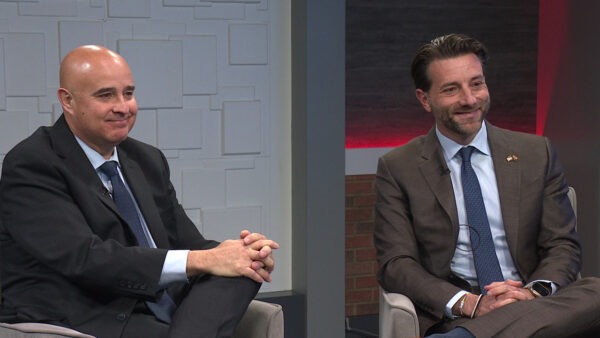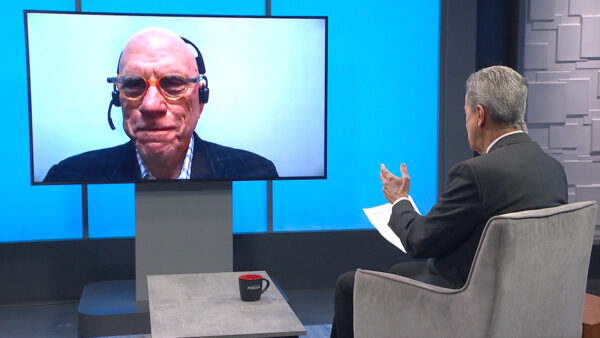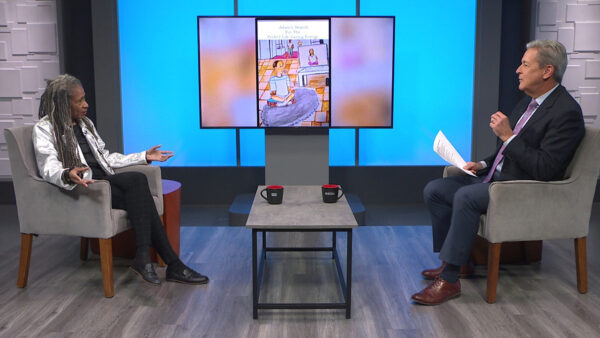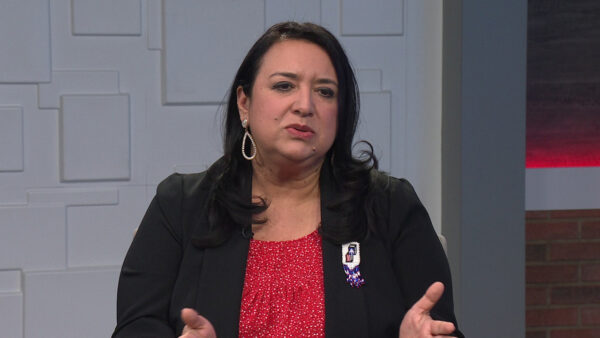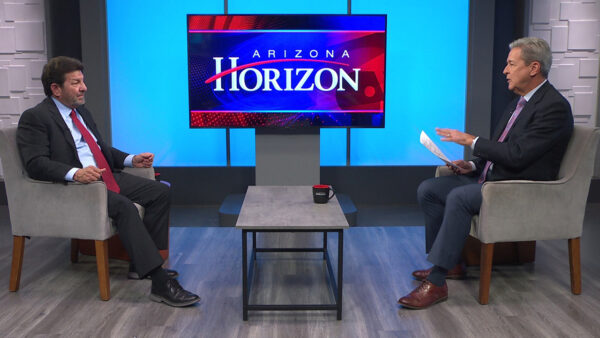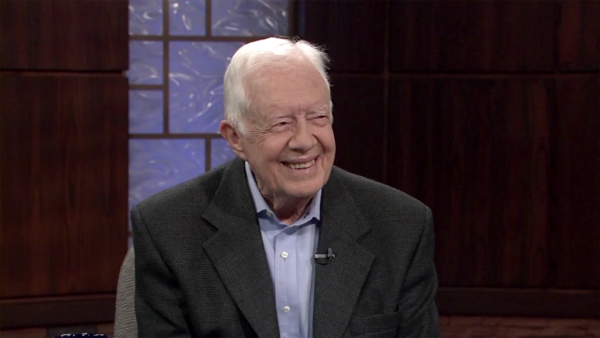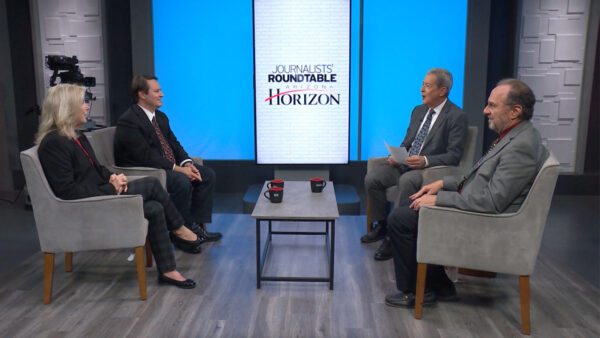Cars will be changing a lot over the next few years. Collision avoidance systems, cameras and vehicle-to-vehicle communication are expected to become commonplace, but also bring up privacy issues. Other everyday car features such as keys and spare tires will be going away. Jim Prueter, the car buying expert for AAA Arizona, will discuss the future of cars.
Richard Ruelas: Cars will be changing a lot over the next few years. Collision avoidance systems, cameras and vehicle-to-vehicle communication are expected to become commonplace and may create privacy issues. Other everyday car features such as keys and spare tires will be going away. Jim Prueter, the car buying expert for AAA Arizona, is here to discuss the future of cars. Thanks for joining us.
Jim Prueter: Good to be here.
Richard Ruelas: Let's get to what is new. Cameras, what kind of cameras might we see?
Jim Prueter: It's really interesting what's happening with cameras now. One of the back-up camera the federal government has mandated that every vehicle has to have those by 2018.
Richard Ruelas: Those are already in place on minivans. Are they popular?
Jim Prueter: Very popular. It's one of those things if you drive a vehicle and it has one of those, you really can't drive the vehicle that doesn't have it because it's so good. The technology is fairly simple but it's really very, very good. And now they have done 360-degree cameras. And so not only is the back-up camera but you can sit in many cars and look at a top-down view like your hovering over the roof of the vehicle and you can see completely around the vehicle. If there's something in front of you, behind you, on the side of you, a bike, maybe a child playing, but for now, the back-up cameras are big. Along with that are blind-spot warning systems that are in the mirrors that alert you, that there's a vehicle that you can't see but the camera, the warning system can see. Many of them will flash a light in the mirror or inside the vehicle and even an audible sound and keep you from or alert you not to move over because there's a vehicle that you can't see.
Richard Ruelas: What of that is the back-up cameras the only one that's mandated? The rest is for --
Jim Prueter: It's the only one mandated now. But we would expect even before then, most vehicles will have the back-up camera. At least.
Richard Ruelas: So the 360 camera, again, is this, as I am going down the freeway, is that going to be able to pop on or only when I am parked or ready to move out of a parking spot?
Jim Prueter: It depends. Because being distracted is also very important that they don't want you being distracted as you drive.
Richard Ruelas: It would be a lot of fun to watch the overhead camera as I am going down the road.
Jim Prueter: Honda has an interesting feature that's new, where if you put on the turn signal, the right turn signal, actually there's a camera in the right-rearview mirror, by the front door, and on your screen that you have on the dash will show all the way down the side of the vehicle and the whole lane. So it's not now just a flashing light, it's a camera that is that comes on and as soon as your turn your directional off it goes back to what was on the screen before.
Richard Ruelas: I guess that's the line they are trying to cross is making it so we are not distracted by all these gee-whiz features but safer.
Jim Prueter: In fact, it's interesting, Richard, Volvo has come out and said, they have committed that they will build a vehicle, they are very close to where no one will ever lose their life in an accident driving a vehicle.
Richard Ruelas: Wow.
Jim Prueter: And they are pretty close.
Richard Ruelas: There is a camera that goes inside, too? I think I saw one that showed the face or tracked the eye movements.
Jim Prueter: Yeah, there's a sensor -- and this is available, Mercedes has it now. Other manufacturers have this now. And so it will detect if you are nodding off, not paying attention, and actually --
Richard Ruelas: We could use that for television for viewers at home, too.
Jim Prueter: Trained on the eye. So what it will do is present an audible sound to alert the driver, to wake the driver and it will begin to apply the brakes and begin to slow the vehicle and correct it to keep it in the lane.
Richard Ruelas: Kind of like an advanced rumble strip?
Jim Prueter: Really advanced. And that technology is here today. And call the lane departure warning system. I have driven vehicle that is have that.
Richard Ruelas: It senses the lane markings and if you deviate it alarms you and try to correct you or just alarm you?
Jim Prueter: Both. I was just driven the new 2015 Hyundai genesis that's coming out and I wouldn't recommend this but when we were testing the new car, what it will actually do, if you let go of the steering wheel and you depart and you get close to the sideline or the center line, it will steer the vehicle back for you. You don't even have to touch the steering wheel. That's available today. It will give you 10 seconds. It will vibrate the seat. It will vibrate the steering wheel and it will correct so that the vehicle does not drift over that center line or off the shoulder. And it will give you about 10 seconds of doing that, and just enough to alert you. So it's not an autonomous vehicle that will drive itself completely.
Richard Ruelas: That's coming.
Jim Prueter: It's here now.
Richard Ruelas: Well, the vehicle communication systems, so vehicles speaking to each other?
Jim Prueter: Not only vehicles speaking to each other, but vehicles speaking to a cloud in the sky where there's information that is put in there. And the technology is there and available in some cars where, if it knows ahead of time, vehicle to vehicle, that another vehicle has, is coming to the speed approaching an intersection that you are approaching and that vehicle is going to run the red light, that vehicle will communicate with your vehicle and your vehicle will begin to brake to avoid that collision.
Richard Ruelas: So again, really an eye in the sky. If it senses that a car is going to run a red light, it will slow down the vehicles approaching that intersection?
Jim Prueter: That's exactly right. That's exactly right and that technology is already here.
Richard Ruelas: And I guess we would have to opt into that cloud?
Jim Prueter: Well, some, yes, because you mentioned the privacy. For instance, just alerting the vehicle that another vehicle that there's an ice spot, icy spot in the road, maybe you are on the road up to Flagstaff, and there's an icy spot that alerts you. Here's another example. This is it. We just looked at the other one so it will alert you so you are not going to go through that at 65,70 miles an hour. You already know where that is. Your vehicle tells you and it has the alert.
Richard Ruelas: A traffic map advisory.
Jim Prueter: Nobody talks to each other. It's just the vehicles alerting and you get a message coming up in your car. The other one that we just looked at was the pacing that to keep traffic moving so there's less pollution, easier traffic, is to time the vehicle, time itself, talking to each other about what speed the drive, to make all the green lights.
Richard Ruelas: You have control to go faster or avoid the optimal speed but it's telling you if you want to time all the lights and move traffic along.
Jim Prueter: Right. We have all had people that just go by us like crazy --
Richard Ruelas: I had somewhere to be!
Jim Prueter: And only to be right at the same light. You know what I'm talking about.
Richard Ruelas: And there seems to be a simpler one that just lets you know when the car in front of you is slowing down.
Jim Prueter: That's collision avoidance. And again I have driven vehicles that have that. It's available in many cars today. Actually, you can, for instance, drive from Phoenix to Tucson and never theoretically never need to touch the accelerator or brake pedal. The vehicle will measure the distance to the vehicle in front of you and either brake or accelerate according --
Richard Ruelas: You set it on cruise control and say I want to go 65,75 of course, if it's allowed and it lets you know when to slow down.
Jim Prueter: You don't -- it will do it by itself. There's no intervention on the driver at all unless you decide you want to do that. But it will do everything including bringing that vehicle to a complete halt. And if it's a panic stop, and you can't stop in time, there's precollision things that will happen such as your seat belt will automatically tighten, and the vehicle will slow, will attempt to swerve and avoid that if the lane next to you is clear. If it sees that you are going to hit that vehicle in front of you, it will, and the lane is clear to the left it will pull you around that vehicle.
Richard Ruelas: It does all it can to keep you safe. Amazing stuff. Thanks for joining us with that list of safety features coming up. Let's hope they keep us safe.
Jim Prueter: We certainly hope they will and all that information is available through AAA and AAA.com and we have it on there and the AAA car buying folks have that information. You are more than welcome.
Jim Prueter:Car Buying Expert, AAA Arizona;
